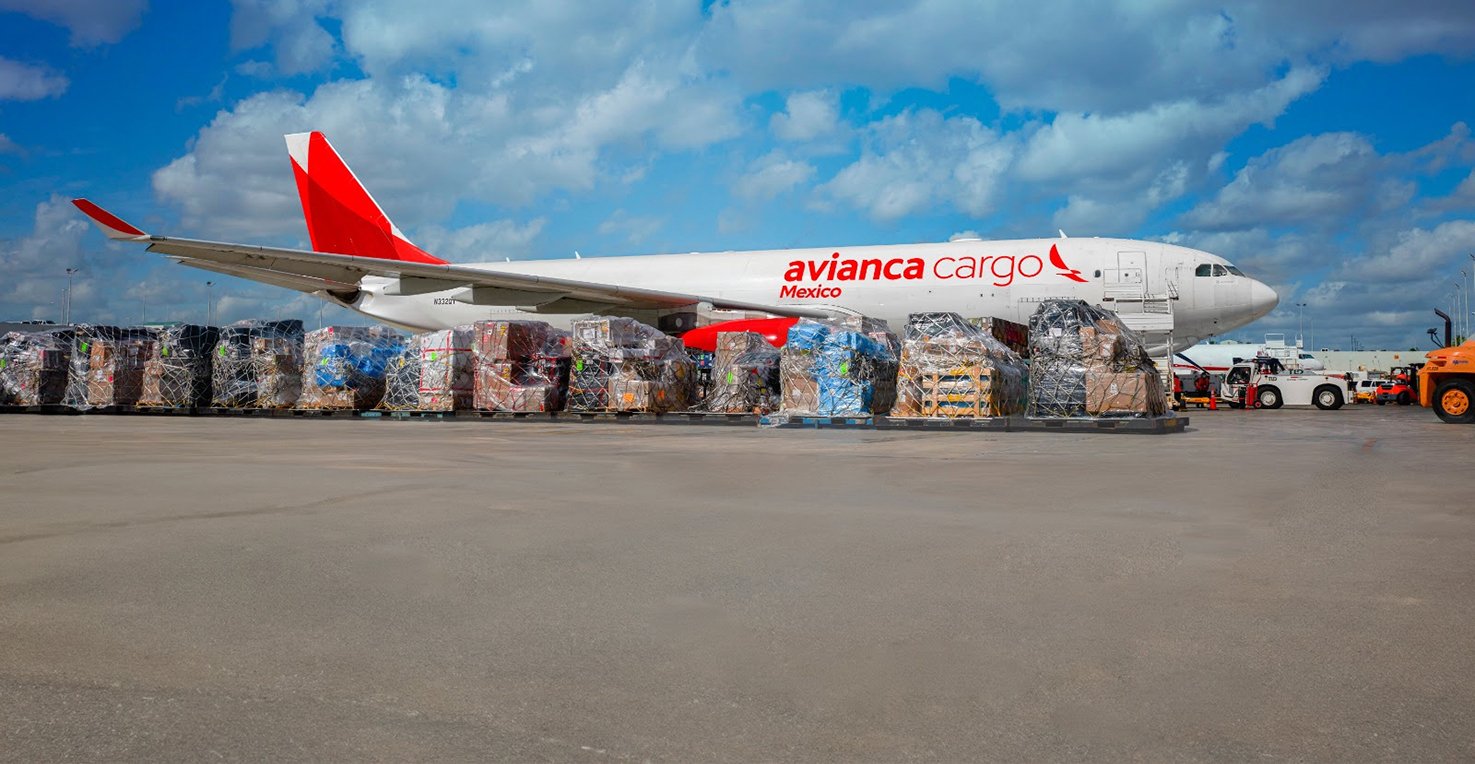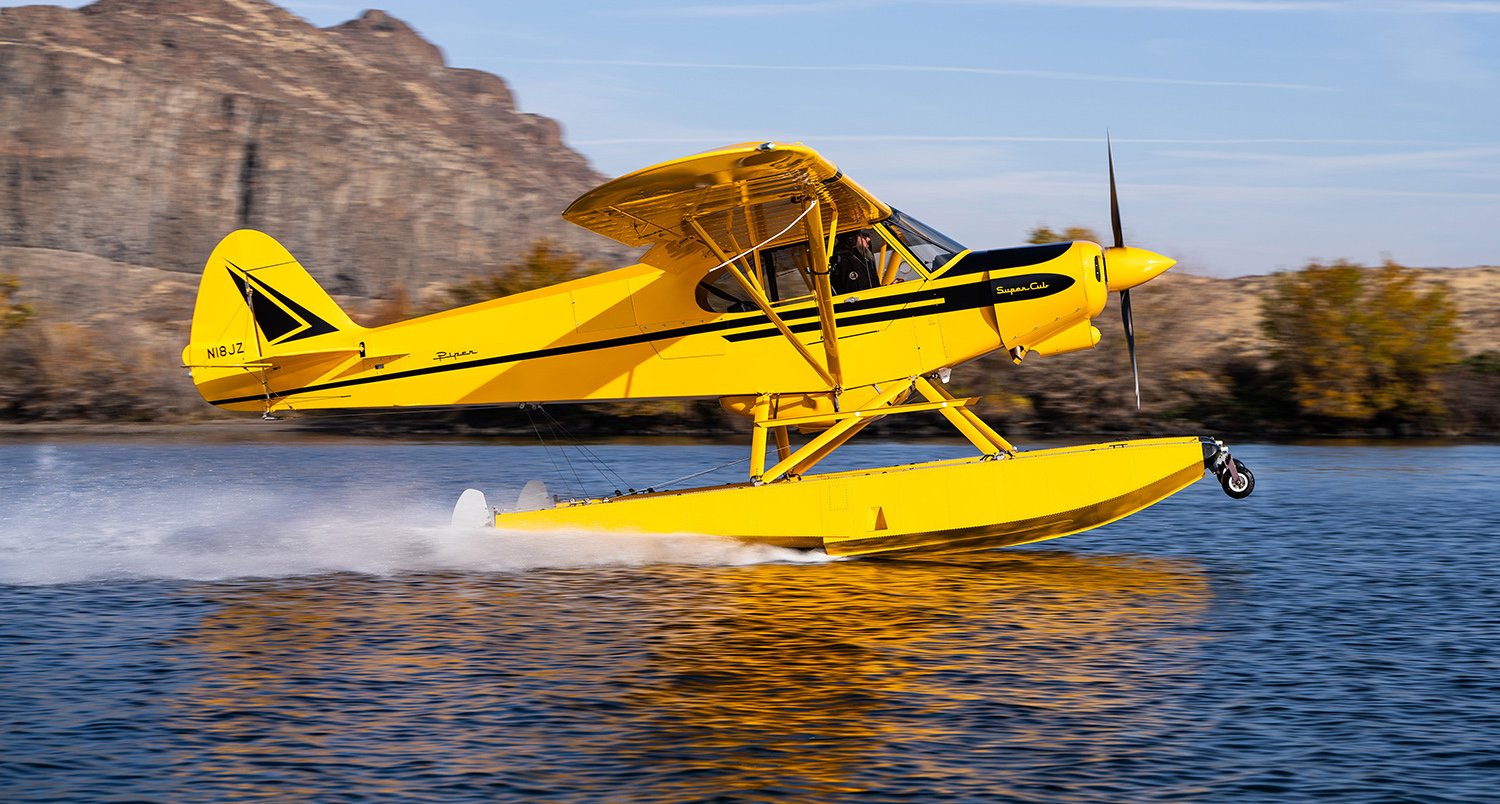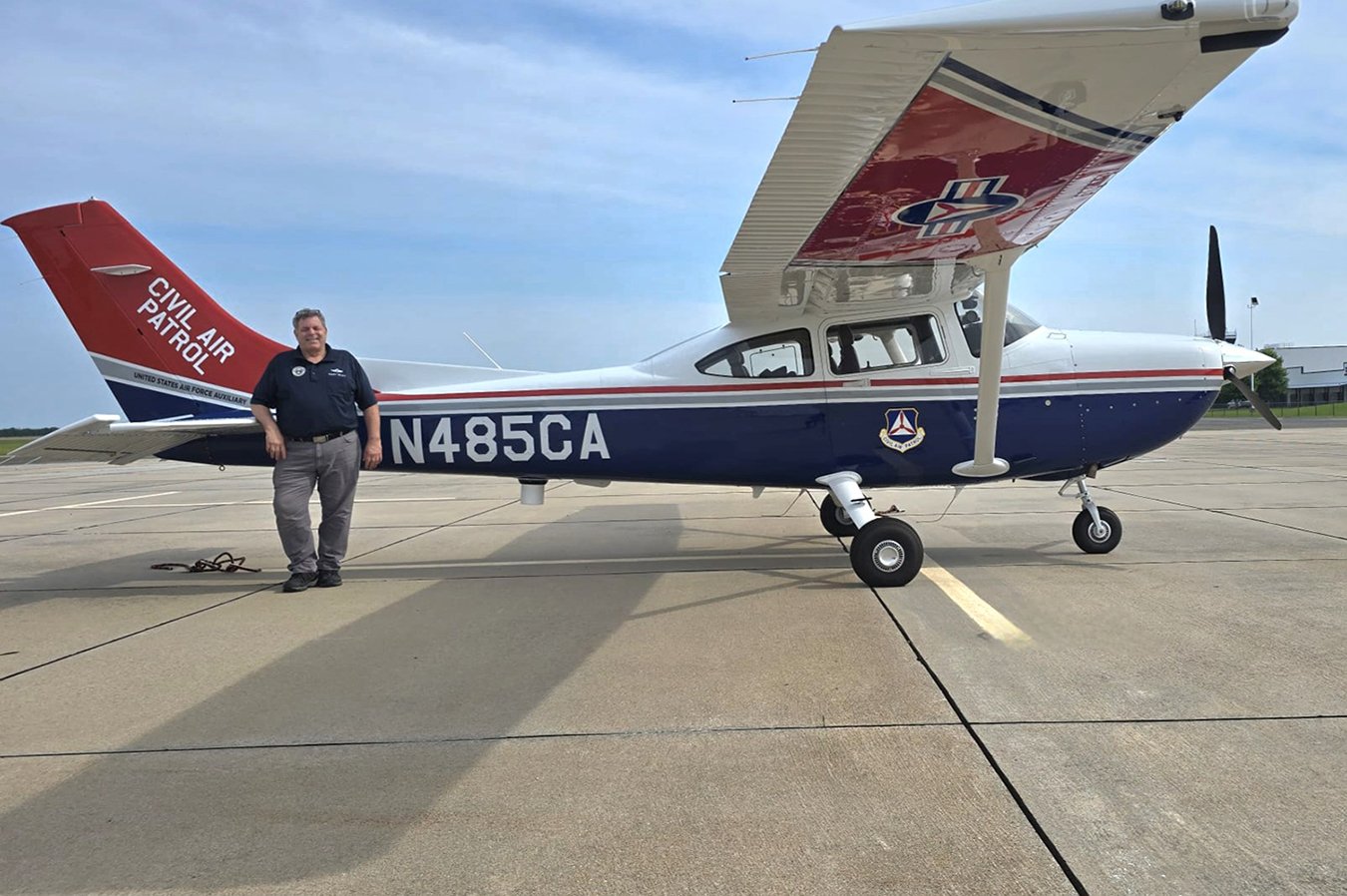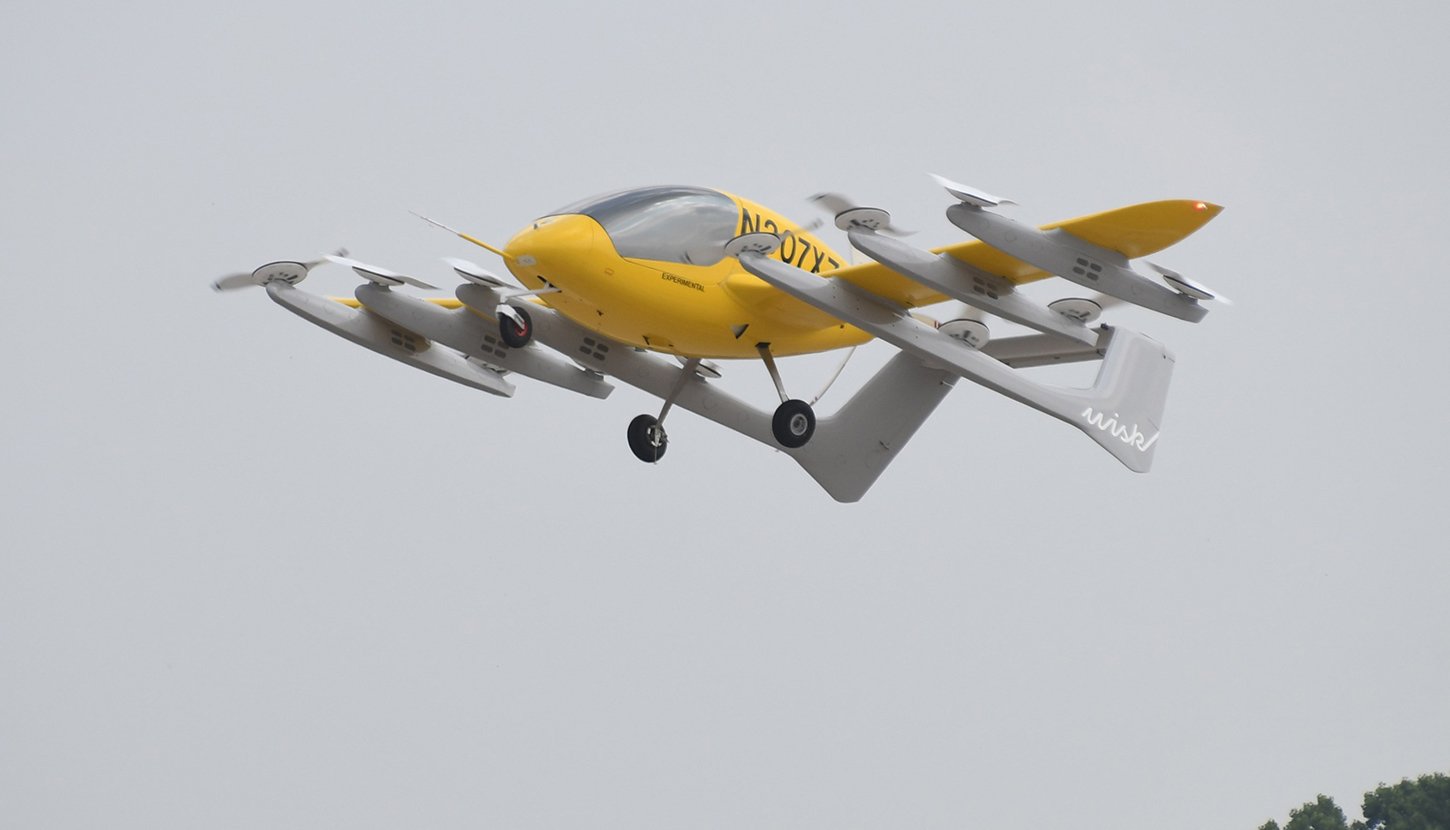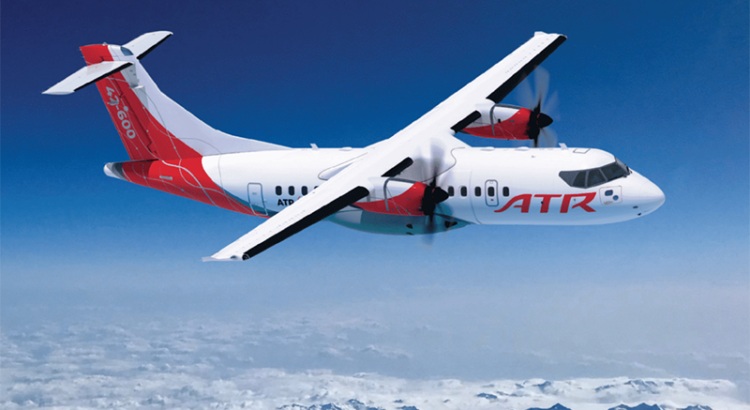U.S. Transportation Secretary Sean P. Duffy announced that the Federal Aviation Administration (FAA) has signed an agreement with Middle Georgia State University to become the next school for the Enhanced Air Traffic – Collegiate Training Initiative (AT-CTI). Expanding the number of AT-CTI schools allows more young Americans to get into air traffic facilities and on […]
Purdue Research Foundation and Archaeological Legacy Institute to Embark on Expedition to Identify Amelia Earhart’s Missing Plane
On the 88th anniversary of her mysterious disappearance, Purdue Research Foundation (PRF) and Archaeological Legacy Institute (ALI) announced a remarkable joint effort to locate Amelia Earhart’s lost aircraft and help complete the heroic journey she began almost a century ago. The search, named the Taraia Object Expedition, will begin when a field team organized by […]
NATA Names Hector Huezo as COO
The National Air Transportation Association (NATA), has announced the appointment of Hector Huezo, Esq., as its new Chief Operating Officer (COO). With over 30 years of experience spanning federal, state, and local government service in aviation, transportation, legal affairs, and public administration, Huezo brings deep operational insight and a strong advocacy foundation to the Association. […]
NASAO Announces 2025 Henry Ogrodzinski Scholarship Recipients
The National Association of State Aviation Officials (NASAO) Center for Aviation Research & Education has announced this year’s recipients of the 2025 Henry Ogrodzinski Scholarship. They are: Established by the NASAO Center in 2014, the scholarship is awarded in memory of Henry Ogrodzinski, who led NASAO as its President and CEO from 1996 to 2013. […]
Lima Flight™ Announces Update to Flight Training App
Three months ago, Lima Flight™ released an app to make it easy to locate local instructors and flight schools. The company reports that the app has been met with overwhelming enthusiasm and that the connection numbers are beating all predictions. Lima Flight says they currently have over 1,000 downloads from new students and general aviators […]
Asheville Regional Airport Celebrates Tina Kinsey’s National Recognition for Air Service Excellence
The Greater Asheville Regional Airport Authority has announced Tina Kinsey, Chief Administrative Officer at Asheville Regional Airport (AVL), has been named the recipient of the 2025 Air Service Achievement Award by Airports Council International – North America. This prestigious national award recognizes outstanding work and exceptional contributions in air service development. Tina’s leadership and commitment […]
Alliance for Aviation Across America Names Devin Osting Executive Director, Adds Three Board Members
The Alliance for Aviation Across America has announced the appointment of Devin Osting as executive director, following his service as interim executive director since the passing of long-time leader Selena Shilad. The Alliance also welcomes three new members to its board of directors: Michael Inman, mayor of Macomb, Illinois; Lindsey Daugherty, a state senator in […]
USI Selected by Amazon as an Education Partner for Career Choice Program
Unmanned Safety Institute (USI) announced they have been selected as an education partner for Amazon’s Career Choice program, providing Amazon’s hourly employees access to drone safety training and their industry-recognized certifications. “We are thrilled to partner with Amazon in support of their Career Choice program,” said Josh Olds, CEO of USI. “Our mission is to […]
Embry-Riddle Freshman Wins $100,000 in Flexjet’s Project LXi – Design the Ultimate Private Jet Interior Contest
Flexjet has awarded an aviation business student at Embry-Riddle Aeronautical University $100,000 for his winning aircraft interior design, Carolina, in the Project LXi – Design the Ultimate Private Jet Interior Contest. Woojae Sohn, worked with his father, Youngmin Sohn, on the design and drew inspiration from their family vacations in Mount Pleasant, S.C. The interior […]
Aleutian Airways to Elevate Alaska Connectivity with First ATR-600 Aircraft
Aleutian Airways, operated by Sterling Airways, is proud to announce a major step forward in its mission to connect the communities of Alaska to Anchorage and beyond: the acquisition of its first ATR-600 aircraft through a new partnership with Azorra Aircraft Leasing. This milestone not only expands the airline’s fleet but unlocks new possibilities for […]


